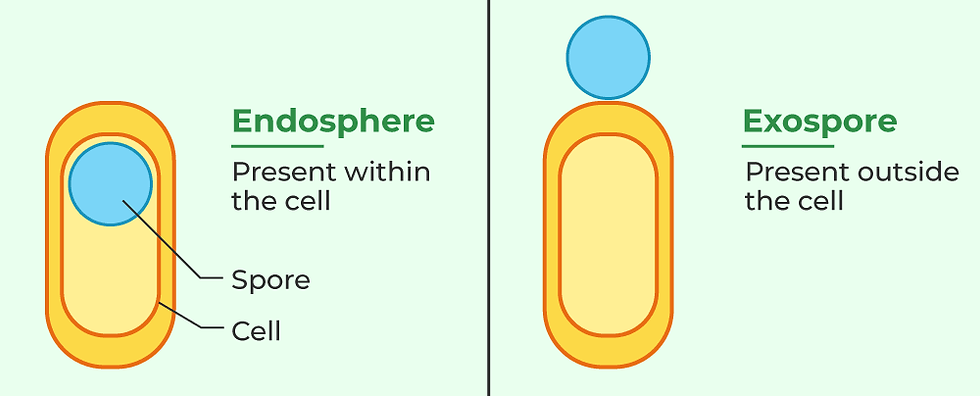Fungi
- Let's Biologue!
- Sep 11, 2023
- 2 min read
For many, fungi are just strange plants and even though both are mainly immobile and have general similarities in terms of morphology and growth habitat, they are quite different, in fact Fungi are an independent kingdom.

Classified as eukaryotes they have a diploid number of chromosomes (2n)

But let's see why this kingdom is so amazing and special!
1- Similarities with plants
Fungi, just like plants, usually grow on soil, and form fruit bodies (in the case of mushrooms) resembling some cool plants like mosses.
Fungi cells also have walls and vacuoles, they can reproduce sexually and asexually.
2- Similarities with animals
Fungi do not have chloroplasts and are heterotrophic, in other words they need organic compounds as energy sources.
 |  |
The left image is the representation of a plant cell, at the right we have an animal cell. Animal cells don't have cell walls, chloroplasts and vacuoles. This shows that fungi cells are a mist of plant cells and animals' cells once they have characteristics of both.
Characteristics
First of all, Fungi can be divided into two basic morphological forms: yeasts and hyphae.
Yeasts- unicellular fungi that reproduce asexually by blastoconidia formation (budding) or fission.

Saccharomyces cerevisiae
Hyphae- multi-cellular fungi that reproduce asexually and/or sexually.

A mass of hyphal elements is termed mycelium (synonymous with mold).

Aerial hyphae often produce asexual reproduction propagules termed conidia (synonymous with spores).

When the conidia are enclosed in a sac (the sporangium), they are called endospores. The presence or absence of conidia, as well as their size, shape, and location, are important criteria utilized in the laboratory to identify fungus species in clinical specimens.

Team Let's Biologue!
Choose Knowledge
References
Tonevitskaya, S. (2018, December 3). When mushrooms go in the lab: growing design - Svetlana Tonevitskaya - Medium. Medium; Medium. https://medium.com/@stonev/when-mushrooms-go-in-the-lab-growing-design-882bff633aa8
Difference Between Endospore and Exospore. (2023, July 26). GeeksforGeeks; GeeksforGeeks. https://www.geeksforgeeks.org/difference-between-endospore-and-exospore/
Fungal Biology, 4th Edition
Fungi. (2023). Atsu.edu. https://www.atsu.edu/faculty/chamberlain/Website/Lects/Fungi.htm
.png)



Comments